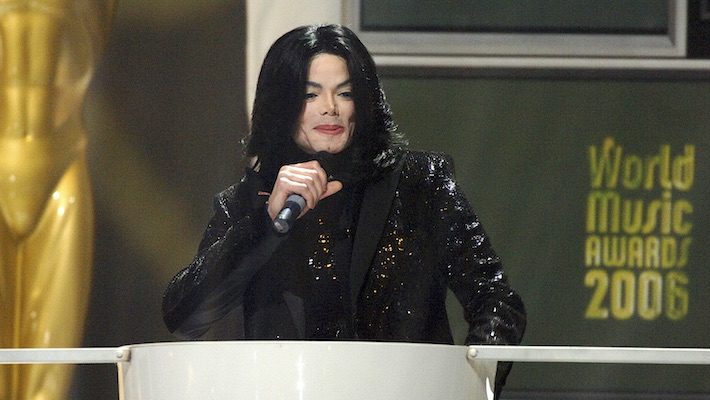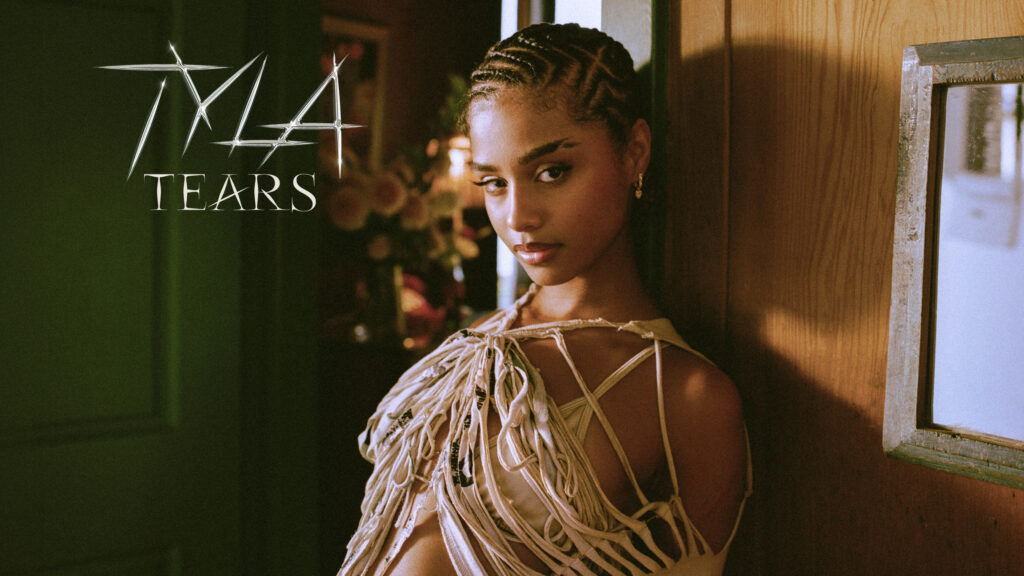I was reminded of a t-shirt I saw of a woman last week that read “The Future is Female”.
Consider: the Latin Grammys last weekend was a romp for women, coming on the heels of Taylor Swift’s Eras tour and her blockbuster movie success. If that was not enough, this weekend I went to the opening festivities of the Festival Internacional de Coros Femininos en Latin America (FICFE) , a weeklong set of concerts, workshops, and parties for 300+ women in choruses and singing groups from around Latin Americas (and a few other countries).
A lot of female music. What does it mean?
Let’s start with the FICFE opening. FICFE is an independent cultural project created to support and promote music originally composed for female voices, and to make the presence of women more visible in Latin American music. It provides spaces for meeting and exchanges between female choral groups from Latin America and around the world (including Finland !), sharing music, repertoires, projects, and cultural experiences. It works through concerts, conferences, and workshops.
The FICFE Concert series/conferenceis held every two years in different Latin American countries. Its first series was in the city of Puerto Madryn in Argentina in November 2019. Its second series is this week in Tlaquepaque, a part of Guadalajara famous as a Pueblo Magico. The opening concert was held in a huge open-ceilinged room in the El Regugeo Centro de Cultural, a site full of history and legends, with 19th century architecture, patios, chapels, and domes. Three hundred women (and some men like myself) gathered and sang. The stage was occupied by a choral group from the University of Guadalajara and Mayhuel Coro Feminina , the local choral group of FICFE and the concert organizer. At many points during the songs from the stage, the 200+ women singers in the seats joined in filling the room with heavenly voices.
The conductor/music director and event organizer is a Cuban woman, Wilma Verrier, with the energy of a small nuclear reactor and the voice of an angel who can also belt. So it was no surprise when the last number was a high energy Cuban dance song and the entire auditorium erupted in hip-shaking, conga lines, and cheering and singing. My wife and I were pulled up on stage along with 30 other people and danced until the conga line grabbed us. The female music energy practically elevated the block-long building.
Female musical energy also practically elevated the FIBES Conference and Exhibition Centre in Seville, Spain, during the Latin Grammys last weekend. Top prizes went to women: Karol G, Shakira, and Natalia Lafourcade. Karol G won Album of the Year, and became only the second woman to win a Latin Grammy for a musica úrbana album,
Record of the Year went to a woman, Mexico’s Natalia Lafourcade for “De Todas las Flores” giving her the record for most Latin Grammys in history. This year’s award for Person of the Year went to a woman, Laura Pausini, an Italian singer who has sung mostly in Spanish. And Best new artist went to a woman, Venezuelan singer/songwriter Juliana Velásquez. The dance numbers, and interstitial performances were largely by women, including the music opening for the main awards ceremony which began with the Spanish songwriter Rosalía.
Of course, many men collected the gold gramophones, especially in the production categories, and should, given the high level of quality their work represented. But at the topline, women are emerging as a dominating force in parts of the culture that is the embodiment of machismo. As I have said before, women make up the largest market for music and are the largest percentage of music streamers. And they increasingly like music by women. This tells me that The Future (of Latin Music) is Female.
Get your t-shirts ready.
Patrick O’Heffernan
(Note. this will be my last column until Dec. 19)


































































![Mason Ramsey – Twang [Official Music Video] Mason Ramsey – Twang [Official Music Video]](https://i.ytimg.com/vi/xwe8F_AhLY0/maxresdefault.jpg)








































